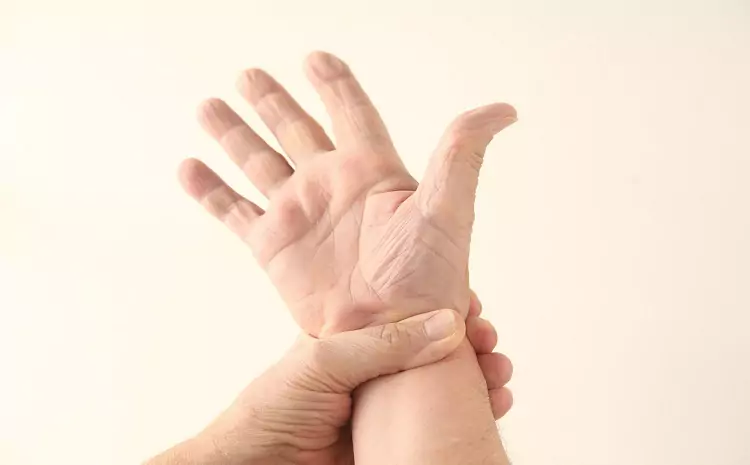Have you ever wondered what your hand pain might be telling you? It’s easy to brush off discomfort and carry on with your day, but some signals shouldn’t be ignored. This is where a hand pain chart comes into play, offering valuable insights.
Understanding the different types of hand pain can help you take action before things get worse. In this article, we’ll explore four types of hand pain that, according to the hand pain diagram, you shouldn’t overlook.
Stick around to learn more and take the first step toward healthier hands.
Carpal Tunnel Syndrome
Carpal Tunnel Syndrome (CTS) causes pain, numbness, and tingling in your hand and arm. It occurs when the median nerve, running from your forearm into your palm, gets pressed or squeezed at the wrist. The symptoms can start slowly and get worse over time, especially if not treated.
People who use their hands a lot for work or hobbies, like typing on a computer or knitting, might get CTS. Wearing a brace, changing your hand activities, or sometimes having surgery can help ease the pain.
Arthritis
Arthritis in the hands is a condition that causes pain, stiffness, and swelling in the joints. It can make it hard to do everyday tasks like opening jars or turning keys. There are different types of arthritis, but osteoarthritis and rheumatoid arthritis are the most common in the hands.
Treatment for hand arthritis can include taking medication to reduce pain and inflammation in different hand parts, doing hand exercises to improve flexibility, or wearing splints to rest the joints. In some cases, surgery might be needed to repair or replace the damaged joint.
Tendinitis
Tendinitis in the hand is when the tendons that move the fingers become inflamed. This condition causes pain and tenderness just outside the joint. Activities that involve repetitive hand movements or placing too much stress on the tendons, such as gardening, playing musical instruments, or certain sports, can lead to tendinitis.
Treatment often involves resting the affected hand, using ice to reduce swelling, and taking over-the-counter pain relievers to manage discomfort. Sometimes, a doctor may recommend physical therapy exercises to strengthen the muscles around the tendons. In more severe cases, a hand surgery center might suggest wearing a splint to immobilize the hand, allowing the tendons to heal properly.
Trigger Finger
Trigger Finger is a condition where a finger gets stuck in a bent position and then straightens with a snap, like a trigger being pulled and released. This happens when inflammation narrows the space within the sheath that surrounds the tendon in the affected finger. People may feel pain, stiffness, and a sensation of locking or catching when bending or straightening the finger.
Treatment for Trigger Finger varies depending on the severity of the condition. It can include rest, splints to keep the finger in a straight position, and exercises to improve flexibility.
Unlock Relief for Your Hands With the Hand Pain Chart
Understanding the cause of your hand pain is the first step to getting better. By using a hand pain chart, you can match your symptoms with potential conditions and start the right course of action.
Remember, if your hand pain doesn’t get better with simple treatments, it’s important to see a doctor. Taking action early can help you keep doing the things you love without pain holding you back.
We hope you found this article helpful. If you did, be sure to check out our blog for more great content like this.

Mark Thompson, a seasoned pest controller, is renowned for his expertise in keeping homes and businesses free from unwanted intruders. With a passion for environmental sustainability and a deep understanding of pest behavior, Mark has become a trusted authority in the industry.
